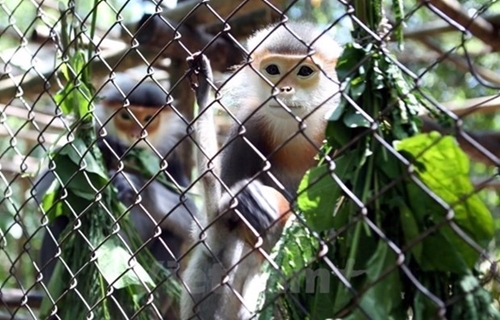The remark was made by Deputy Minister of Natural Resources and Environment Vo Tuan Nhan at a workshop held in Hanoi on December 28 to review a project on enhancing partnerships to conserve endangered species in Vietnam.
    |
 |
|
Vietnam boasts rich biodiversity in terms of ecosystems, species, and genetic resources, especially rare and indigenous species. (Photo for illustration: Vietnam+) |
Nhan, who is also head of the steering committee for the project, said Vietnam boasts rich biodiversity in terms of ecosystems, species, and genetic resources, especially rare and indigenous species.
According to the 6th national report submitted to the International Convention on Biological Diversity, Vietnam is home to about 51,400 species, including 20,000 terrestrial and aquatic flora species, 10,900 terrestrial fauna species, 2,000 invertebrates and freshwater fish species, and over 11,000 marine species.
However, these precious natural resources are being threatened by poaching, trafficking, and illegal consumption – an issue considered a serious crime since the impacts of these activities are not limited to the field of conservation but related to many other areas, as well as not limited to any single country but to the whole world, he went on.
Nhan noted that for many years, Vietnam has taken measures to improve the conservation of biodiversity and wild species, but these efforts have yet to meet expectations. One of the causes is the lack of concerted engagement and an effective approach to mobilize multiple parties’ participation, he elaborated.
Biodiversity conservation is a task for the entire society because protecting biodiversity also means protecting people's lives, according to the deputy minister.
The project to enhance partnerships to protect endangered species in Vietnam, funded by the Global Environment Fund through the World Bank, was carried out from August 2019 to December 2022.
The initiative aimed to promote effective cooperation in biodiversity conservation through jointly implementing activities such as building policies and laws, building capacity, boosting communications to raise awareness, and developing long-term coordination programs.
Source: VNA